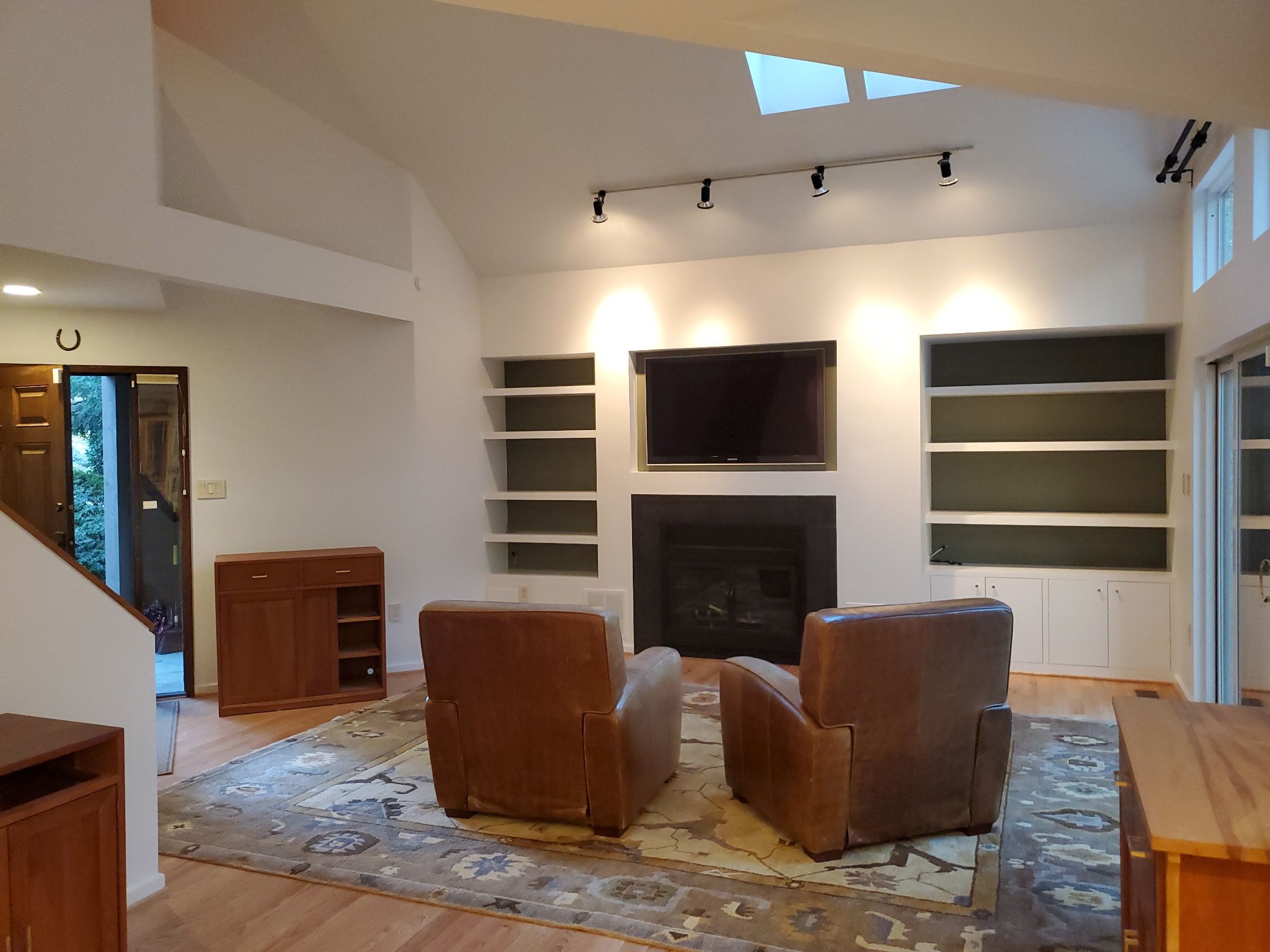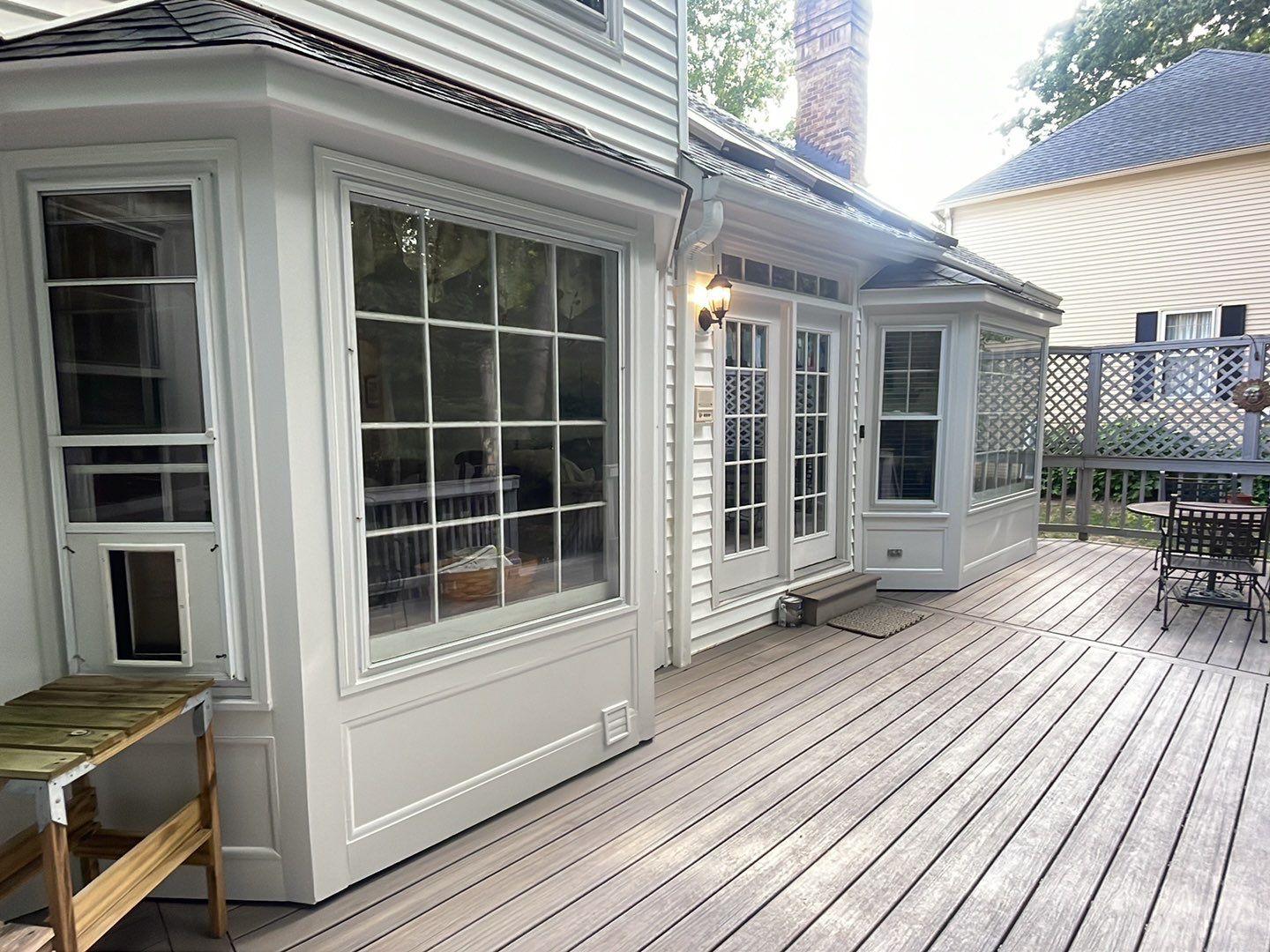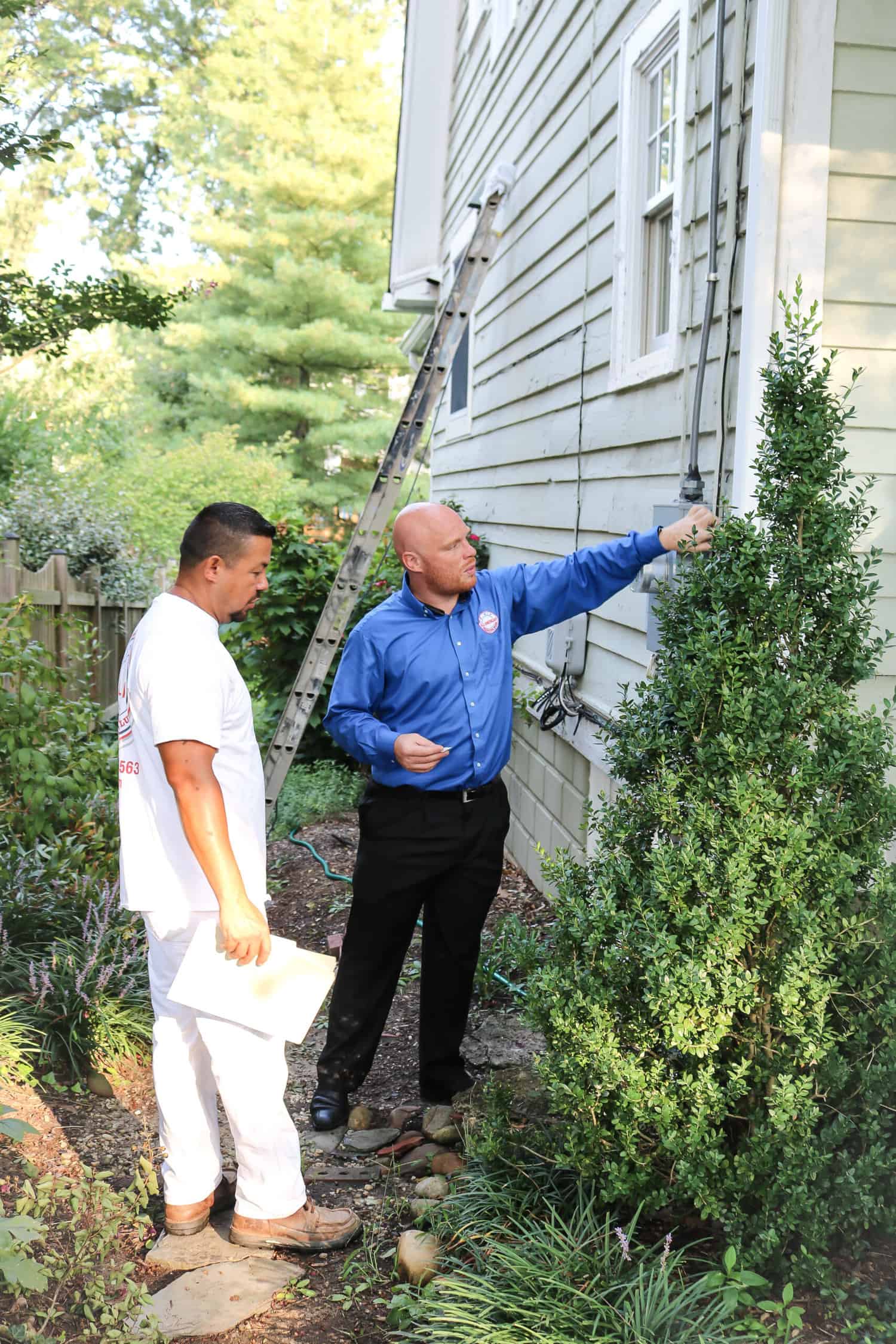Many Warrenton homeowners wonder how to remove ceiling water stains? Ceiling water stains are one of those problems that seem to pop up out of nowhere but can quickly become a source of stress. Maybe it’s a yellowish mark in the corner of your living room or a streak across your bathroom ceiling—either way, it’s hard to ignore. These stains are often caused by water leaks, excessive moisture, or poor ventilation.
Ignoring them isn’t an option since they can lead to more serious issues like mold or structural damage. The good news is you don’t need to feel stuck with them. With the right steps, you can address the stains, fix the underlying issue, and reclaim the clean, polished look of your ceilings. Let’s explore how to handle ceiling water stains effectively and prevent them from coming back.
Key Takeaways:
- Identify and fix the root cause of ceiling water stains before attempting to remove them.
- Use effective cleaning methods like vinegar, bleach, or commercial products to tackle stains.
- Prime and paint for a polished finish.
- Prevent future stains with proper ventilation, plumbing maintenance, and gutter care.

What Causes Ceiling Water Stains?
Before we get into details about removal techniques, it’s essential to understand why these stains appear. Ceiling water stains are often caused by:
- Plumbing leaks. Issues like burst pipes or loose fittings can lead to water seepage. If you notice stains directly below a bathroom, a plumbing problem may be the culprit.
- Roof damage. Missing shingles, holes, or cracks in the roof can allow water to enter, leading to water stains in attics or rooms beneath.
- Condensation. Poor ventilation in bathrooms or kitchens can cause excessive humidity, resulting in water stains and even mildew on ceilings.
- Clogged gutters. Improper drainage can direct water into places it shouldn’t be, causing damage to ceilings and walls.
Identifying the root cause is crucial. Fixing the underlying issue ensures your efforts to remove water stains won’t be wasted.
Step 1: Stop the Source of Water Damage
Addressing the source of the problem is the first step. Here are some tips to pinpoint and fix common issues:
- Roof leaks. Contact a roofing expert to inspect for damage. They can replace shingles, repair cracks, or address structural issues.
- Plumbing issues. A licensed plumber can locate and fix leaks quickly to prevent further damage.
- Ventilation problems. Install exhaust fans in bathrooms and kitchens to reduce moisture buildup. This simple change can make a significant difference.
- Gutter maintenance. Clear out debris and ensure your gutters are directing water away from your home. Proper drainage is key to avoiding future water stains.
Step 2: How to Remove Ceiling Water Stains?
Once you’ve resolved the cause, it’s time to tackle those unsightly stains. Here are several proven methods on how to remove ceiling water stains:
Vinegar and Water Solution
This natural cleaning method is perfect for light stains and environmentally friendly homeowners.
- Mix equal parts white vinegar and water in a spray bottle.
- Spray the solution directly onto the stain.
- Allow it to sit for 10-15 minutes.
- Use a soft sponge or cloth to gently blot the area, working from the edges inward.
- Repeat as needed until the stain is gone.
Pro Tip: Always test the solution on a hidden part of the ceiling to avoid unexpected discoloration.
Bleach Mixture for Stubborn Stains
For darker or mold-affected stains, bleach is a more powerful option.
- Mix one part bleach with three parts water in a spray bottle.
- Wear gloves, goggles, and a mask to protect yourself from fumes.
- Lightly spray the mixture on the stain without over-saturating the area.
- Let it sit for 10 minutes, then gently blot with a sponge.
- Rinse the area with clean water and allow it to dry completely.
Safety Note: Always work in a well-ventilated space to minimize bleach fumes.
Commercial Ceiling Stain Removers
Products like ceiling tile water stain removers or ceiling stain sprays are readily available at most hardware stores. These are formulated to tackle tough stains, including those caused by mold or mildew.
Follow the product’s instructions carefully.
- Apply the stain remover and let it sit for the recommended time.
- Wipe clean with a damp cloth and allow the area to dry thoroughly.
Step 3: Paint for a Fresh Finish
If stains persist or the ceiling looks uneven after cleaning, a fresh coat of paint can work wonders. Here’s how:
✅Prime the Area. Use a stain-blocking primer to prevent discoloration from bleeding through the paint.
✅Choose the Right Paint. Match the ceiling’s existing color or repaint the entire surface for a seamless look.
✅Apply Thin Coats. Apply multiple thin coats of paint, allowing each to dry completely before adding the next.
Pro Tip: When working with popcorn ceilings, use a paint sprayer to avoid disturbing the texture.
Preventing Future Ceiling Stains
Prevention is the best cure. To avoid ceiling stains in the future:
✅Improve ventilation. Keep air moving in high-humidity areas like bathrooms and kitchens.
✅Inspect plumbing regularly. Routine checks can catch leaks before they cause damage.
✅Clean gutters seasonally. Proper drainage prevents water from backing up into your home.
✅Address condensation. Use dehumidifiers in damp areas and check for signs of moisture buildup.
Professional Painting Services in Warrenton, VA You Can Trust

Sometimes, DIY methods aren’t enough, especially for extensive water damage or stains that refuse to budge. That’s where professional interior painters in Warrenton VA can make all the difference. We have the tools, experience, and expertise to restore your ceilings and ensure lasting results.
At All American Painting Plus, we’re proud to serve Warrenton, VA, and nearby areas like McLean and Oakton. Whether it’s removing water stains, repainting ceilings, or addressing other interior painting needs, our team is here to help.
- Assess the extent of the water damage and determine if the structure requires repairs beyond cosmetic work.
- Ensure the source of the water leak is properly addressed before repainting begins.
- Utilize stain-blocking primers and high-quality paints to create a long-lasting finish.
- Handle tricky textures like popcorn ceilings with the right tools and techniques.
- Save time and achieve a professional-grade appearance without the hassle.
This article is intended for general guidance and may not cover every situation. Homeowners are encouraged to consult professionals for personalized advice.
Ready to refresh your ceilings? Call us at (703) 686-8988 or schedule an appointment for a FREE estimate.












